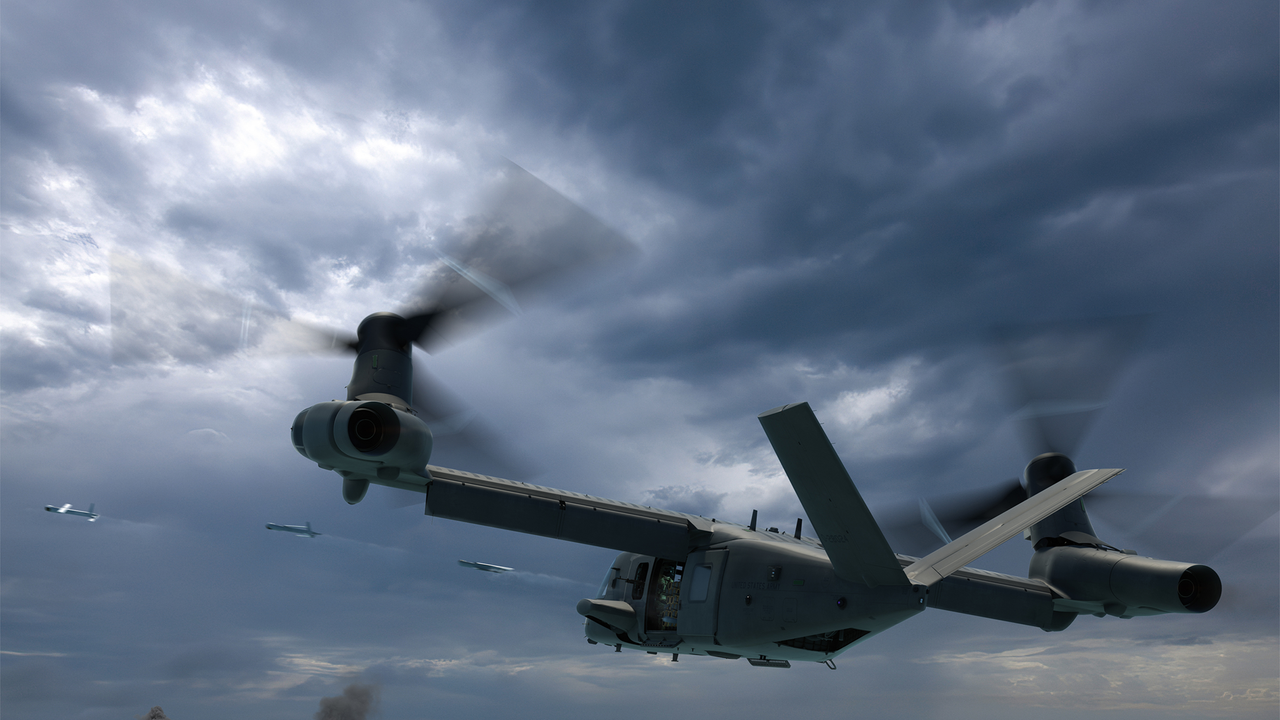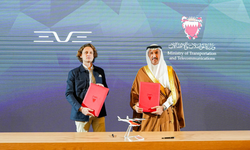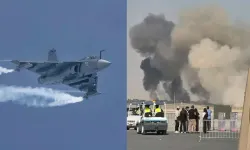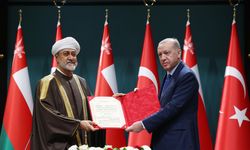Fort Worth-based Bell Textron Inc. is accelerating work on the MV-75, the U.S. Army’s next attack aircraft, as the service pushes for an earlier delivery date.
The Army selected Bell in 2022 under the Future Long Range Assault Aircraft (FLRAA) program, a deal valued at $1.3 billion in the near term and potentially $70 billion over several decades. The MV-75 is set to replace the UH-60 Black Hawk produced by Lockheed Martin’s Sikorsky unit.
To support production, Bell has invested in multiple facilities across the Dallas-Fort Worth area. These include a $20 million-plus Drive Systems Test Lab in Grand Prairie for gear box testing and a Weapons Systems Integration Lab in Arlington. In December, the company announced a $632 million plant in AllianceTexas to produce transmissions and rotor blades. Bell employs more than 8,000 people, about half of them in Fort Worth, with workforce growth expected under the Army contract.
According to Breaking Defense, Army leaders want the MV-75 operational by 2028 instead of the original 2030 target. Bell plans to meet this by involving soldiers in the manufacturing process. “I would say the uniqueness is that we are so early in the process,” said Ryan Ehinger, senior vice president and FLRAA program director. “Having this capability allows the Army to accelerate their familiarity with tiltrotor flight operations and tactics and techniques, and that’s part of our ability to accelerate the program.”In June, Bell delivered two virtual MV-75 prototypes to the Army. These advanced simulators serve as “digital twins” of the aircraft’s cockpit, helping train pilots, who are also flying MV-22 Ospreys to prepare for tiltrotor operations. The aircraft will be assembled in Amarillo, with many components manufactured and tested in the Dallas-Fort Worth area. Over 1,000 employees are working on the engineering and manufacturing development phase.
“There’s going to be a lot of activity going on there as we build it up, to be able to produce parts between now and 2027,” Ehinger said, referring to the north Fort Worth plant, which is still undergoing permitting and build-out.
Bell has also appointed a general manager for its Wichita, Kansas plant, where fuselages will be produced.
Textron Inc. reported in July that Bell’s revenue reached $1 billion in the second quarter, up 28% from a year earlier, largely due to MV-75 program growth and higher commercial helicopter sales. Military revenue rose by $149 million, primarily from MV-75, while commercial sales increased by $73 million.
Bell is expected to receive city, county, and state incentives if it completes plans for the north Fort Worth plant. “Texas moves at the speed of business ... but some of the things just require a little bit lengthier process,” said Jeffrey Schloesser, executive vice president of strategic pursuits. He noted production work might be shifted to other facilities temporarily to meet deadlines.
Beyond MV-75, Bell is preparing a bid to supply the Army with training services and aircraft to replace the UH-72 Lakota, proposing its Bell 505. Competing manufacturers include Lockheed Martin, Leonardo, Airbus, MD Helicopters, and Robinson. “They’re trying to get an aircraft that will teach real good aircraft handling skills — in other words, how to fly,” Schloesser said. “At the same time, reduce their cost maybe by half.”
Bell was also selected by DARPA to design, build, and ground-test an X-plane demonstrator capable of flying between 400 and 450 knots (roughly 460 mph).










